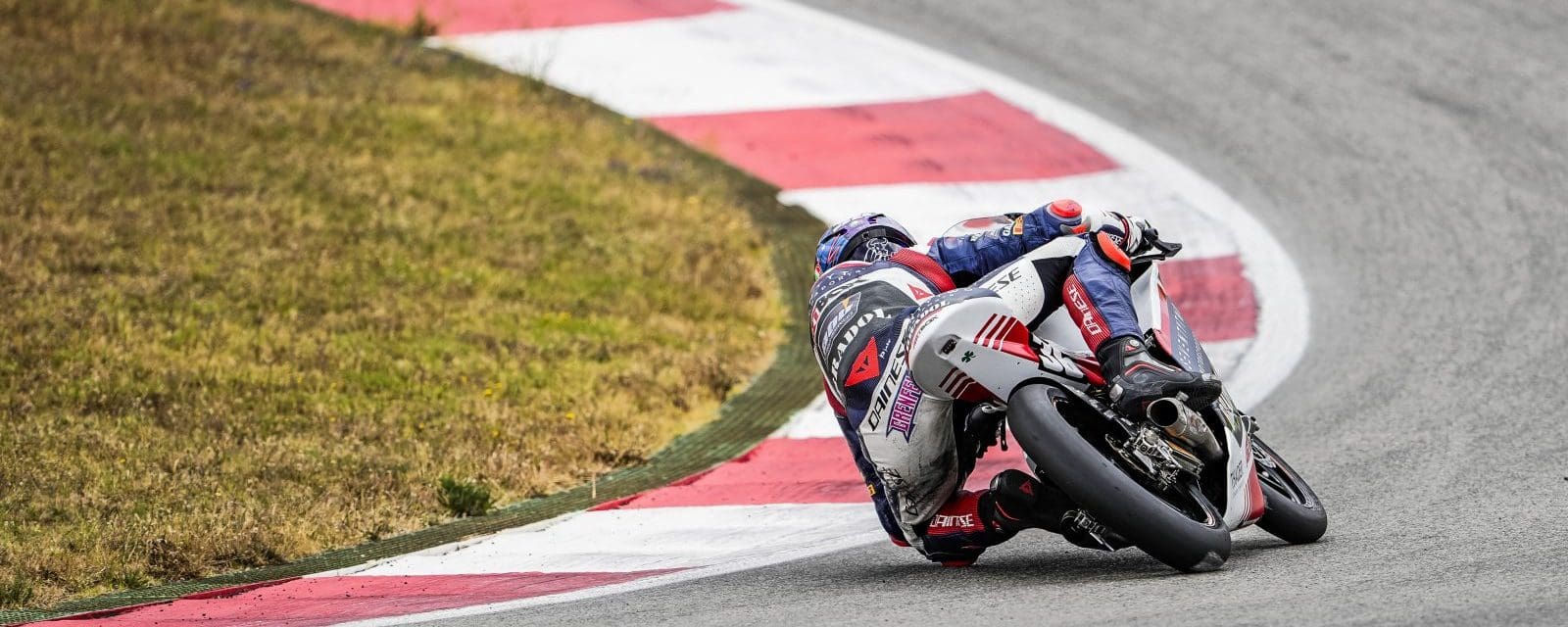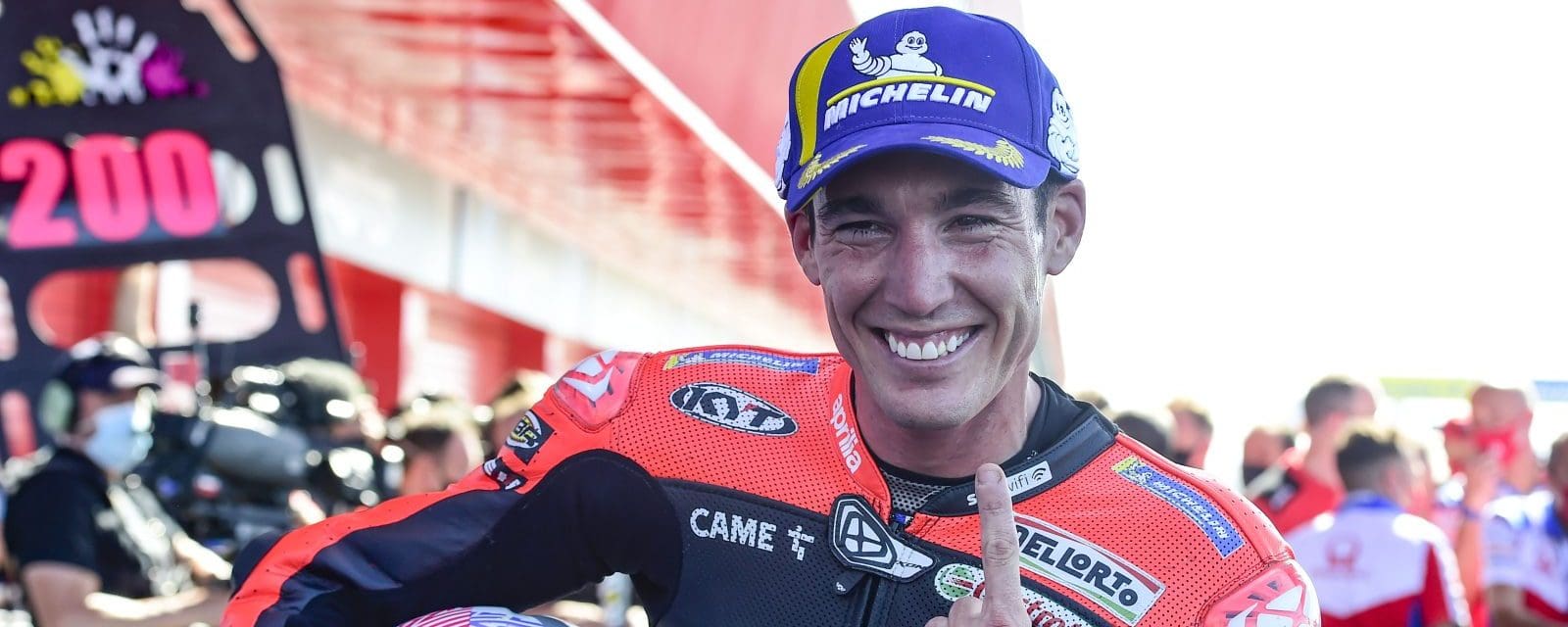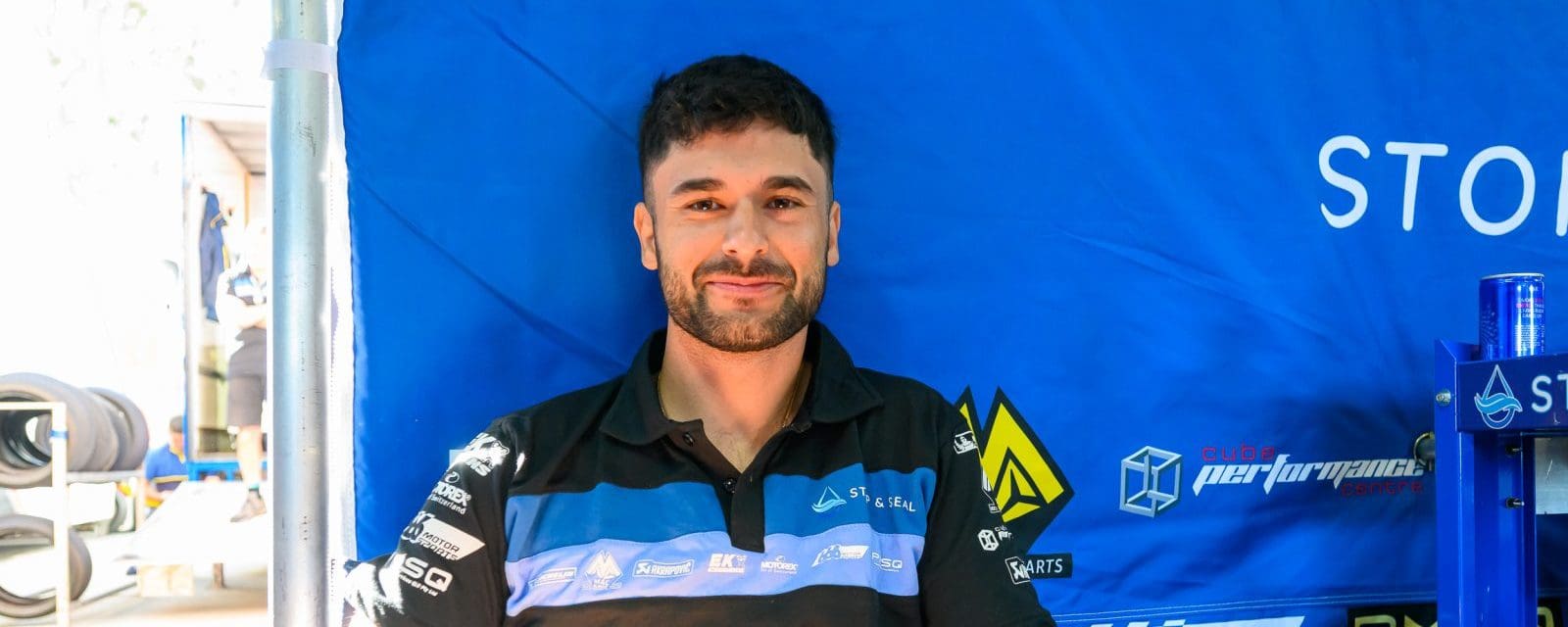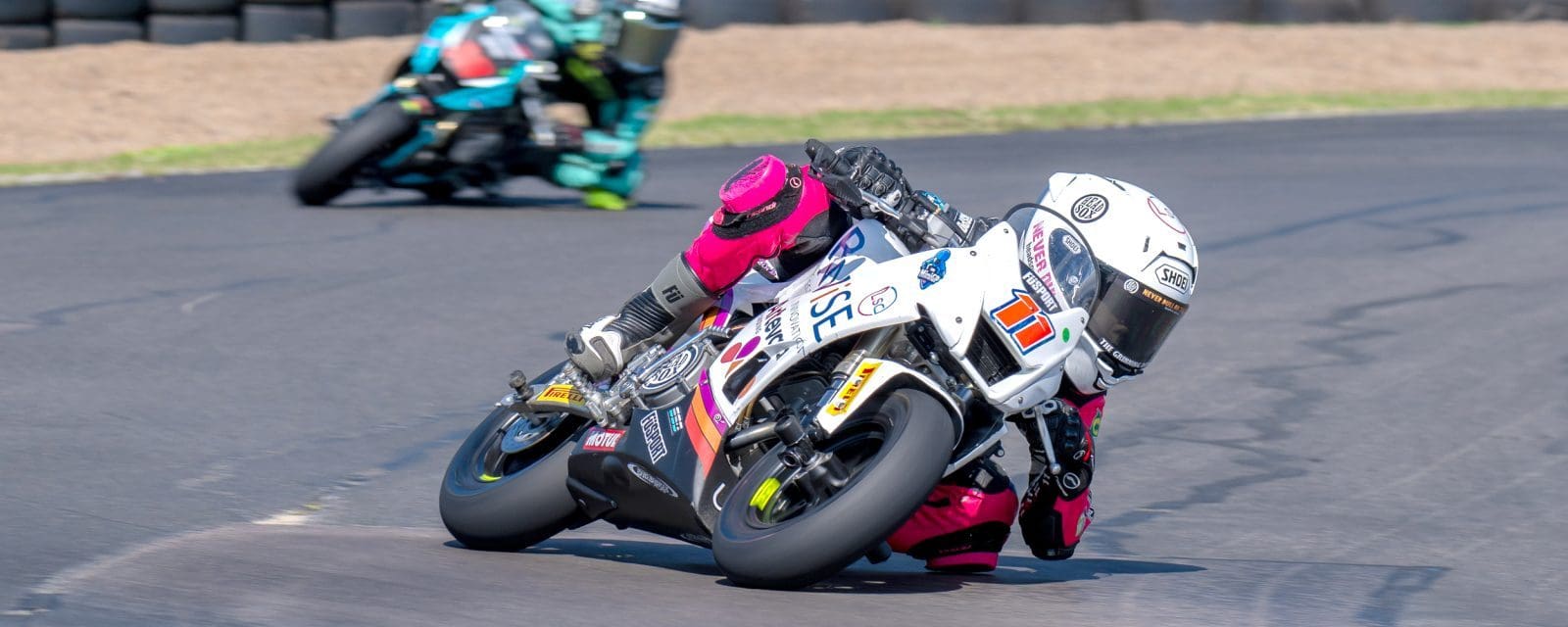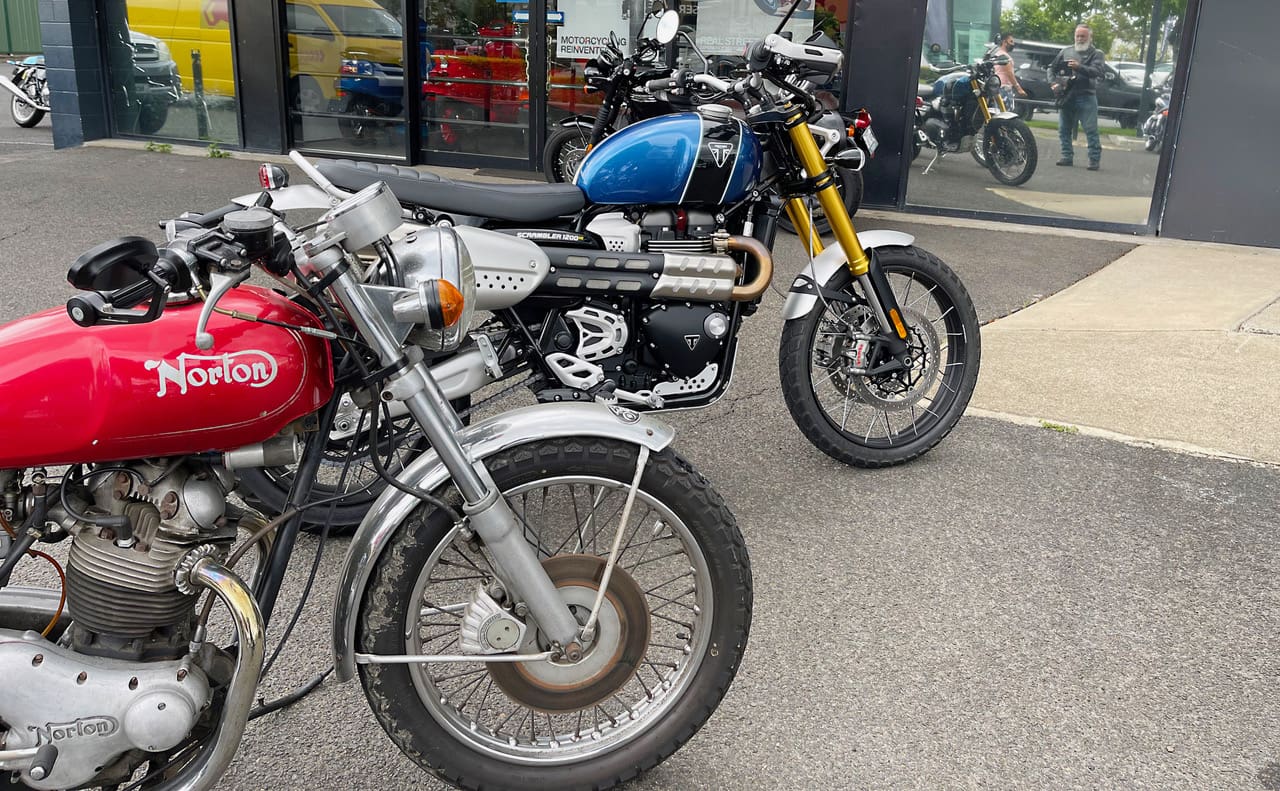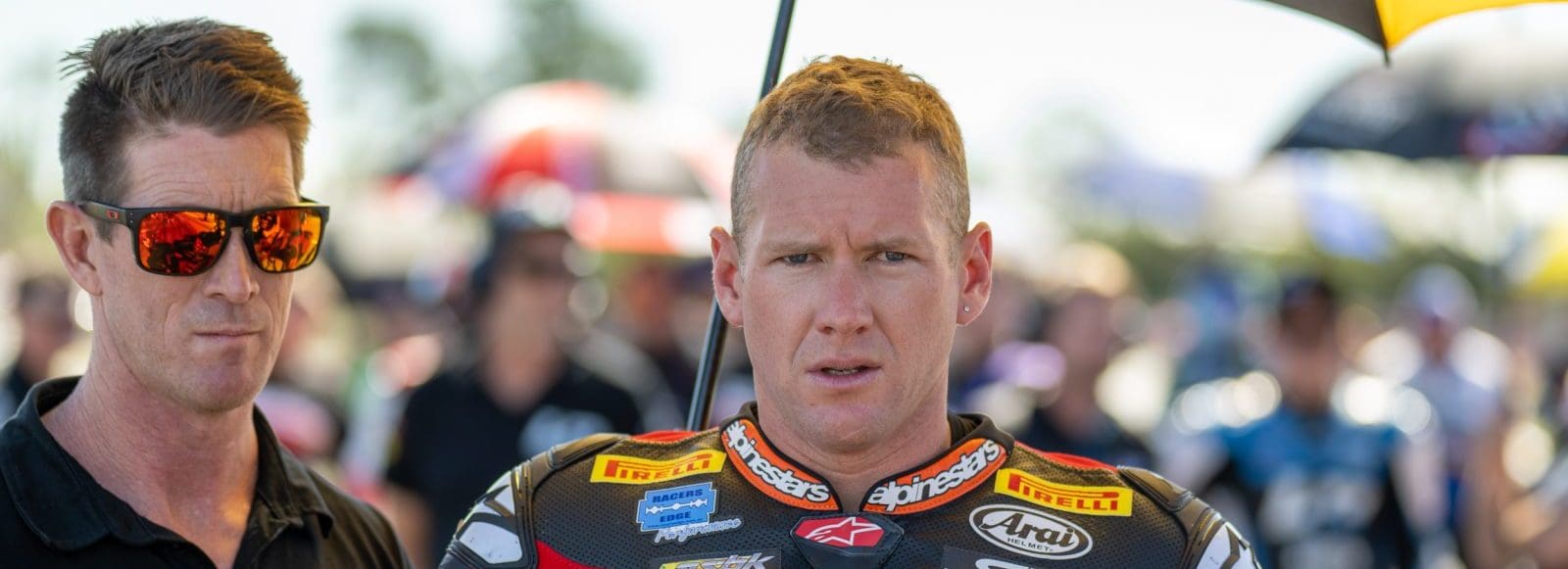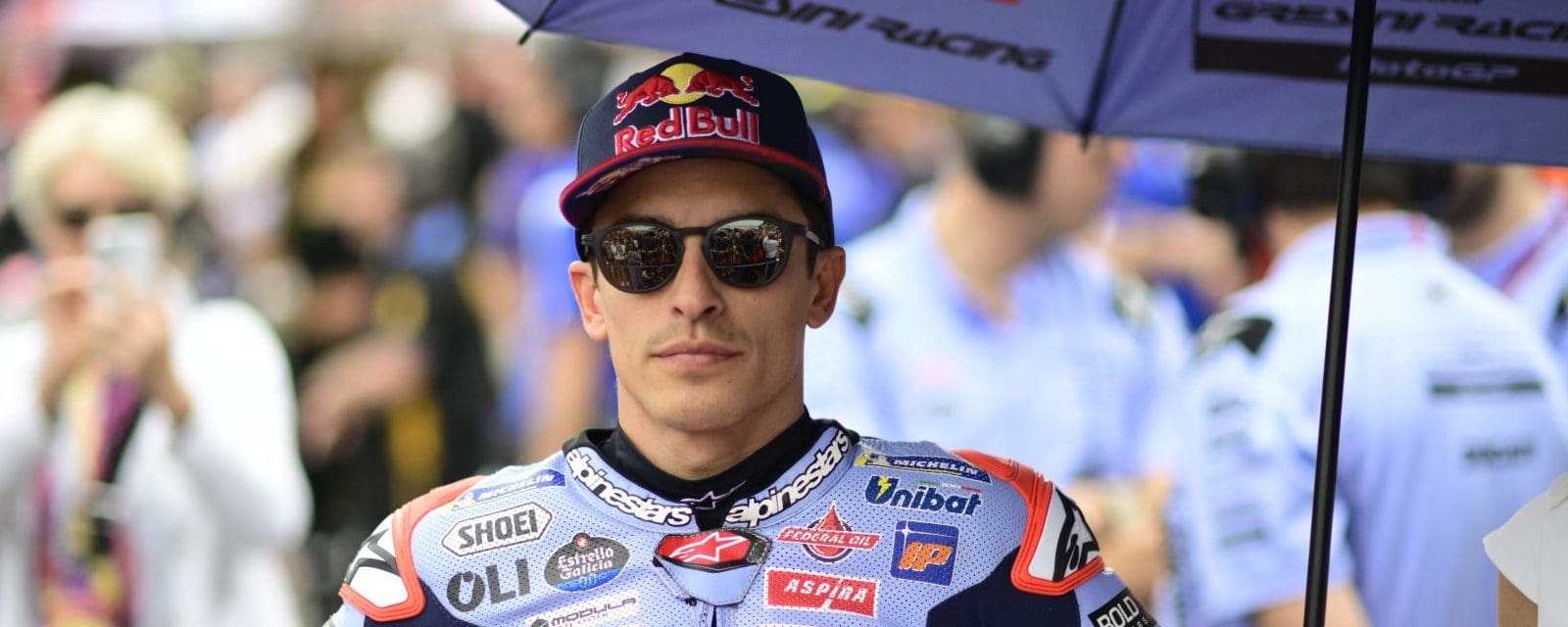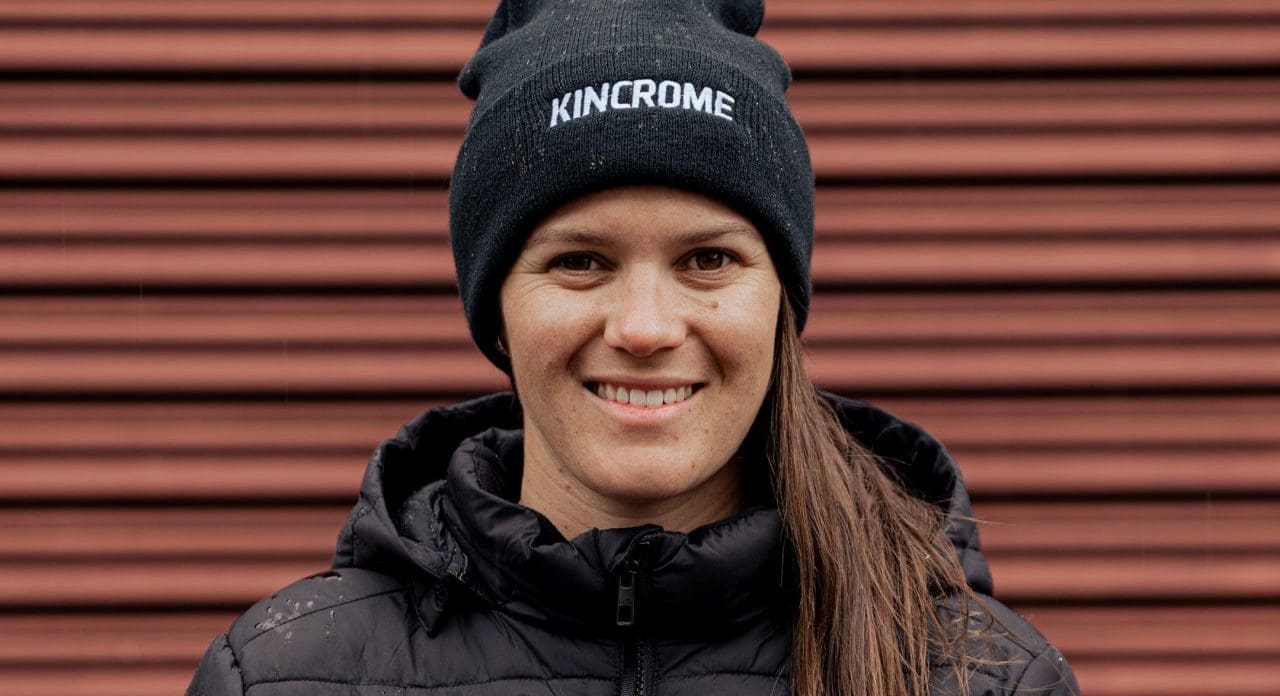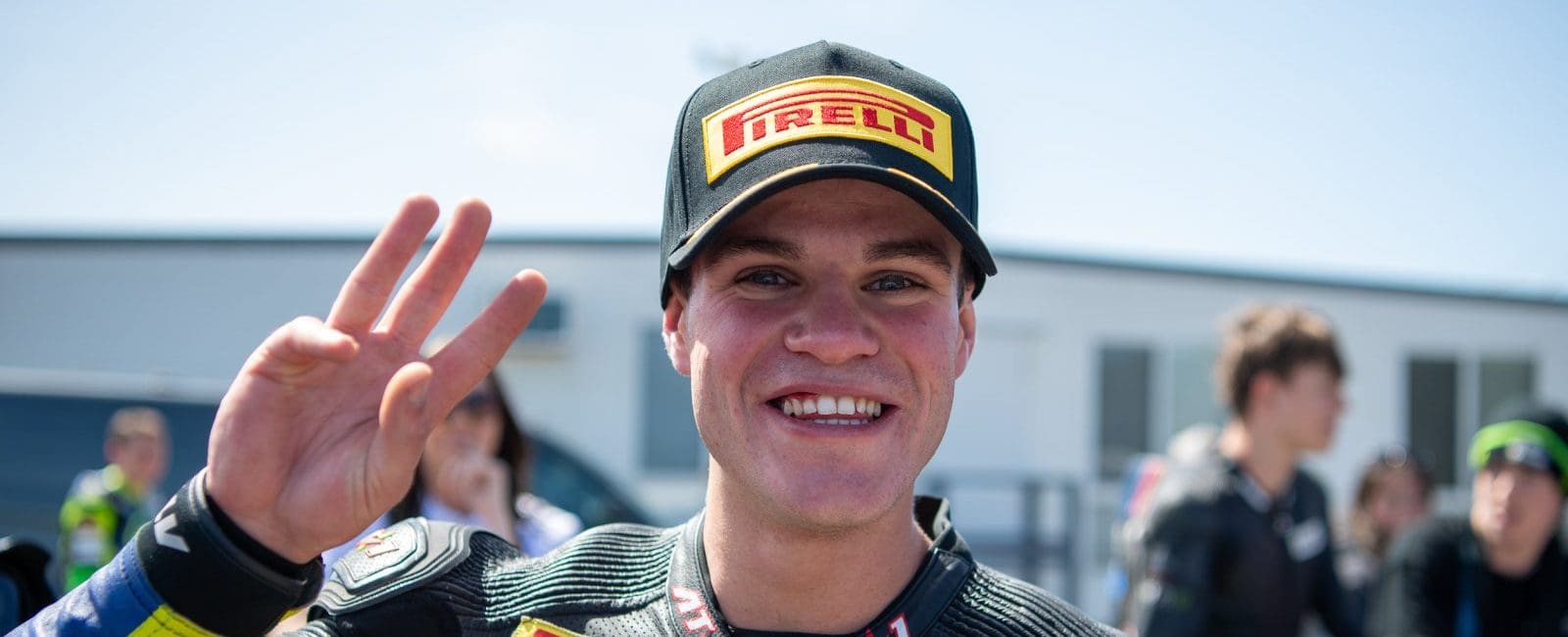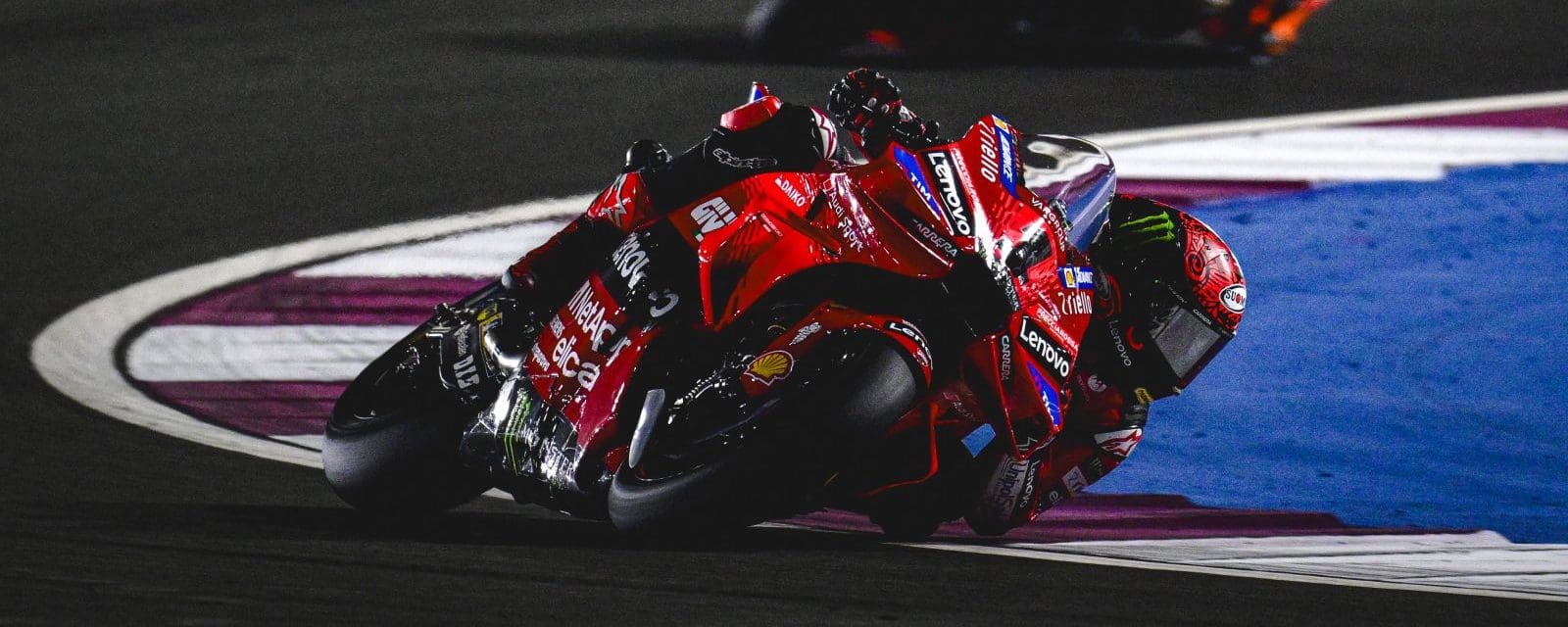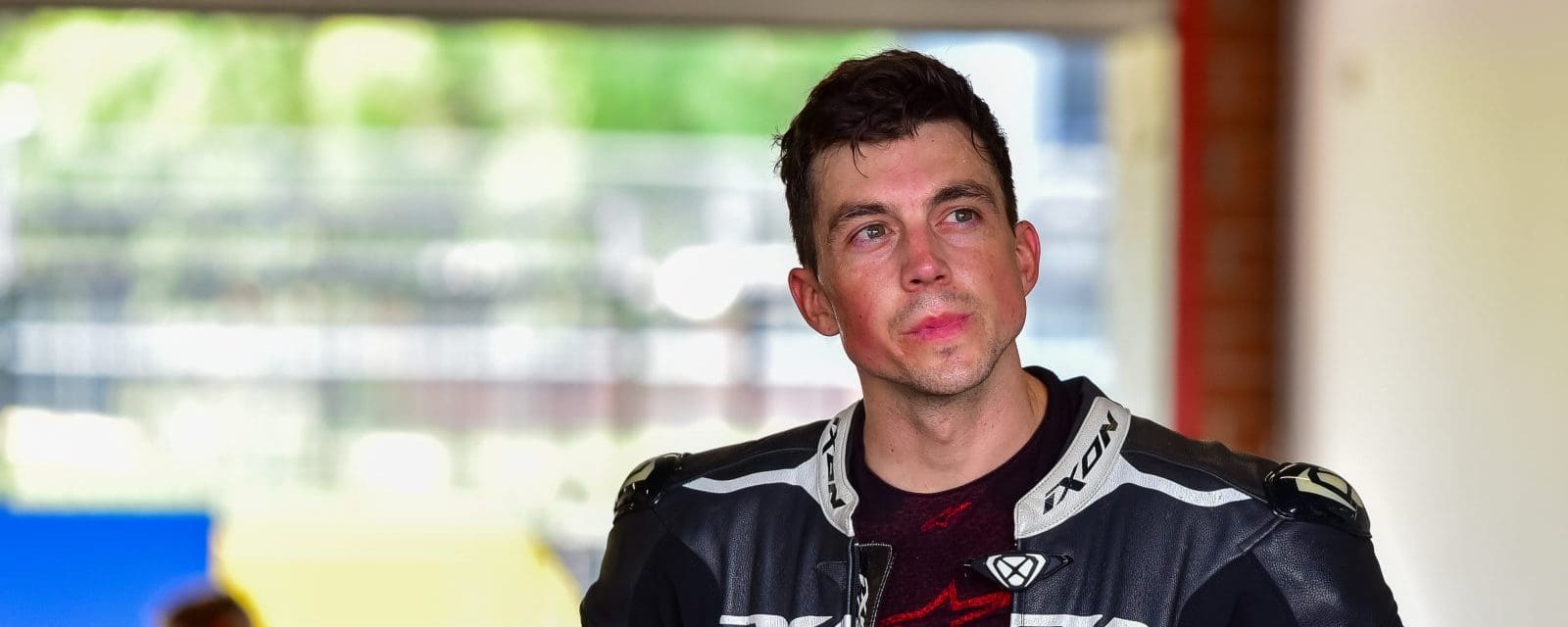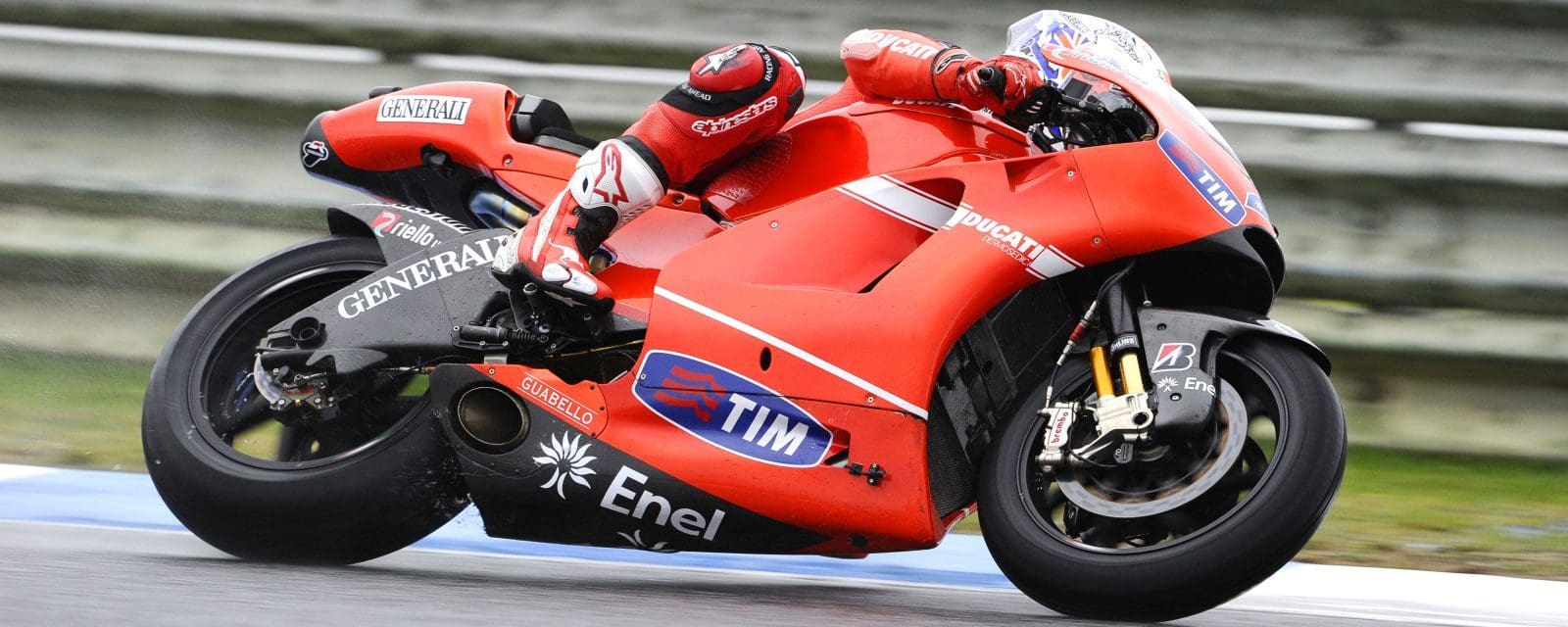For many of us former seventies longhairs, summer begins with the AMCN International Island Classic at Phillip Island. It continues with the International Festival of Speed in Sydney and winds down at the Easter Broadford Bonanza. This makes our summer of motorcycling feel almost endless as it takes us well into autumn.
All these events are well established and hugely popular, even attracting current high-profile riders to compete. They have many times the spectators and participants of any round of Australia’s national road-racing championship. In fact, the Island Classic has the third-biggest crowd, behind the MotoGP and World Superbikes.
So what is going on here? How can these largely enthusiast-run events have more interest to spectators than seeing the very best of Australia’s racing talent vying to become the next national champion?
The answer is complicated, and possibly involves the fact that Australia has an ageing motorcycle population.
Don’t believe me? Here are some figures from the Victorian Transport Accident Commission’s Motorcycle Monitor group.
Of the more than 400,000 Victorians with a current motorcycle licence or learner’s permit, 69 per cent are over 40 years of age (with 18 per cent of those over 60 and 4 per cent over 70.
Just 6 per cent are under 25, which is the age group of most riders vying to become Australia’s national champions.
Cast your mind back to the boom days of the 1970s and early 80s. Motorcycling was very much a young person’s scene. It gave us instant freedom from society’s norms on an exciting range of motorcycles that had never been seen before.
Technology gave us electric starting, disc brakes and the car-like sophistication of four cylinders. And mind-blowing but affordable performance.
What wasn’t there to love about this scene?
Racing was an integral part of it. Sponsorship money flowed to future Australian and international champions from cashed-up distributors, local motorcycle shops and lifestyle brands such as Golden Breed surfware.
It appeared to be an endless summer that eventually wound up at the annual Bathurst races.
Then we got a bit older, got married and started raising children. Some of us continued riding. Many gave up.
Eventually the children grew up and a lot of the former 70s longhairs came back into the scene.
This coincided with the worldwide growth of classic racing. It was just like the 70s again. You could ride your restored CB750 Honda to the track to watch a big field of hotted-up Hondas battle it out.
Meanwhile, mainstream motorcycle racing started losing direction. All around the world countries established their own eligibility rules and even classes of racing unique to their situation. This created a huge pothole in a rider’s road to an international career.
Want an example?
When Nic Liminton won the Australian Junior title in 2013 he raced a season of Pre-Moto3 in the Spanish championship.Suddenly, instead of a series of sprint races over the weekend, he found a format similar to MotoGP; Friday free practice followed by two 40-minute qualifying sessions on Saturday to build the best bike possible, with one GP-length title race on Sunday.
It was a huge learning curve in front of crowds of 15,000 spectators. Motorcycle racing is a family outing for Spaniards, who have a much lower average age of riders than Australia.
This year a totally revamped Motorcycling Australia has launched a landmark season of national road racing. Never before have eight manufacturers been represented in the Superbike class at the same time. There is good series sponsorship and television coverage. Some big names are fronting up on the grid or pulling the strings behind it. It could be the start of a new era.
In the meantime, vintage festivals are literally carrying the flag for motorcycling. Classic racing may have its own problems of eligibility and claims of elitism, but these three festivals put on a tremendous spectacle that makes motorcycling mainstream.
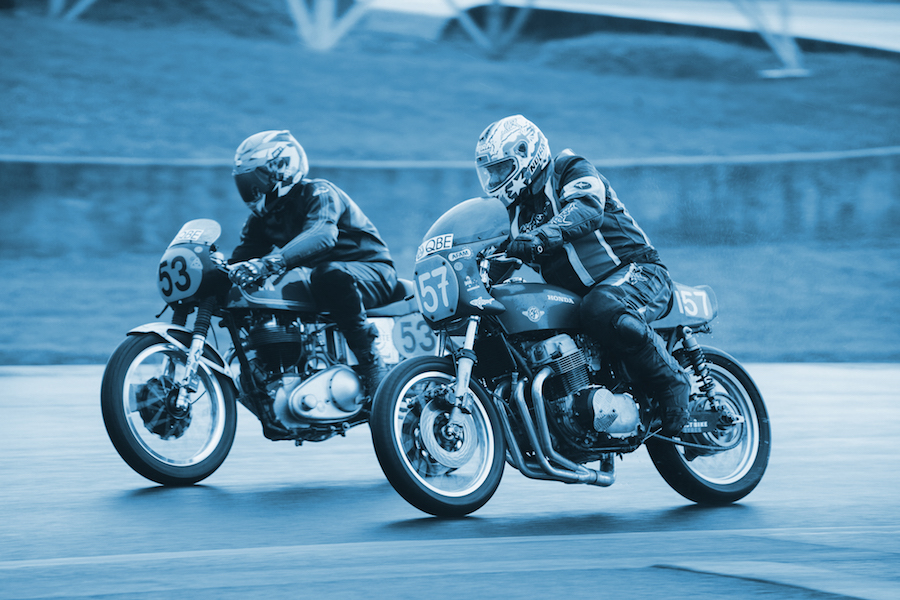
By Hamish Cooper
